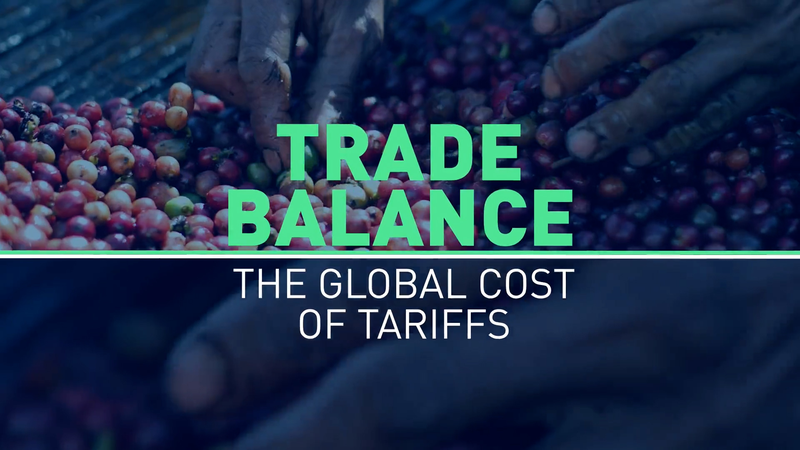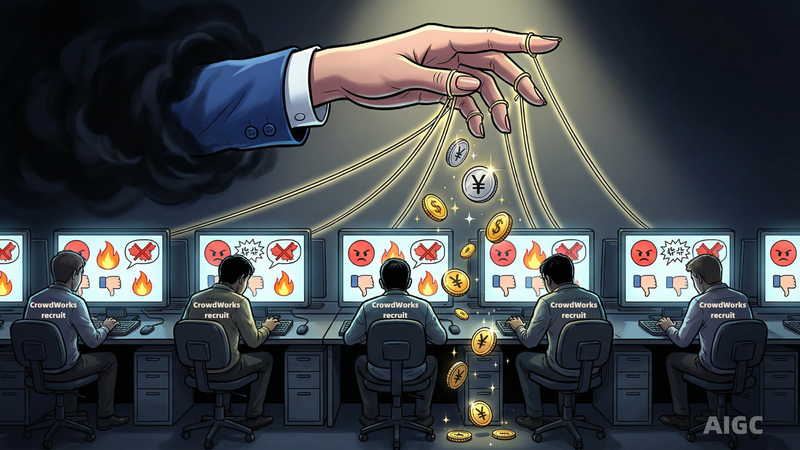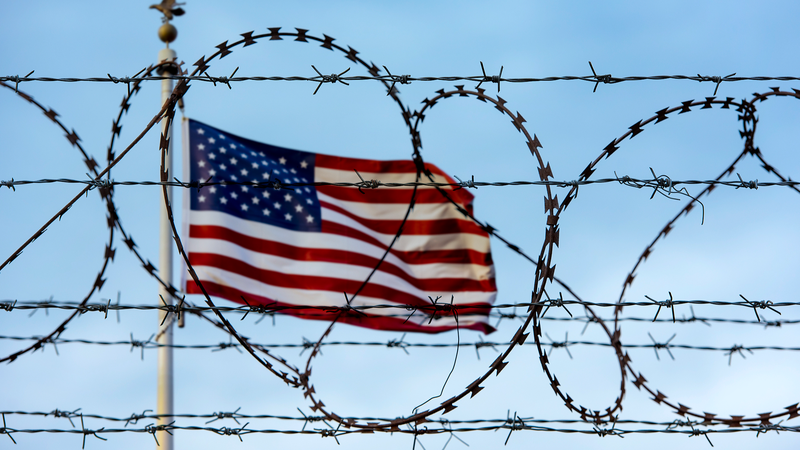Trade Balance: The Global Cost of Tariffs takes viewers on a journey behind the price tags of everyday goods, revealing how trade barriers reverberate from vineyards to factories.
In Spain, a winemaker with global aspirations finds new tariffs adding unexpected layers to the cost of a bottle. As customs duties rise, markets once ripe for expansion demand fresh pricing strategies and leaner operations.
Flip to the world’s best-selling smartphone, and the story only deepens. An iPhone may carry an American brand, but its parts trace a path through multiple nations before final assembly. Tariff hikes on any leg of that journey can drive up costs, slow production, and reshape where companies choose to build.
In Cixi in the Chinese mainland, appliance factories once thriving on export orders now pivot toward domestic demand as U.S. tariffs tighten their reach abroad. Production lines hum with new adjustments, illustrating how quickly global policy shifts filter down to local jobs and incomes.
The auto industry, too, feels the squeeze. Modern vehicles often pack parts sourced from across borders, and when duties hit, assembly plants face bottlenecks that threaten delivery schedules and push up sticker prices for drivers worldwide.
Even stalwart names like Harley-Davidson are rethinking cross-border operations. With assembly plants in the U.S., Brazil, and Thailand, the motorcycle maker confronts tariff hurdles that impact not just margins, but the ways it serves riders in different markets.
Trade Balance delivers a powerful reminder: in a world of intertwined supply chains, tariffs may serve national policy goals, but their true impact is global—one product at a time.
Reference(s):
cgtn.com




